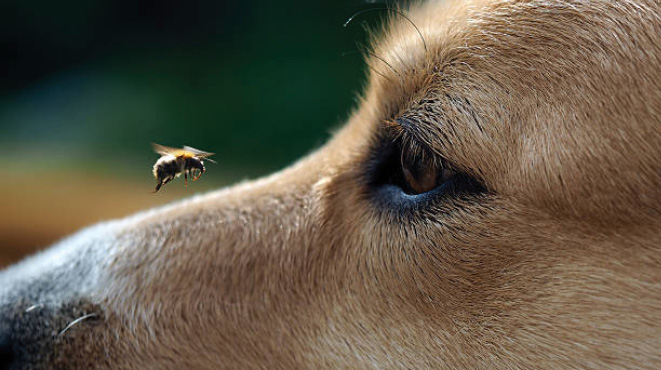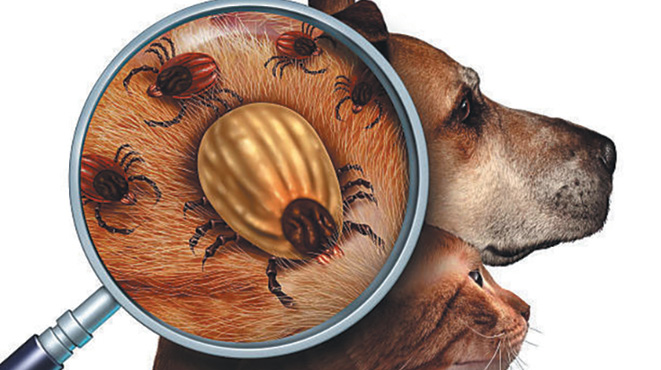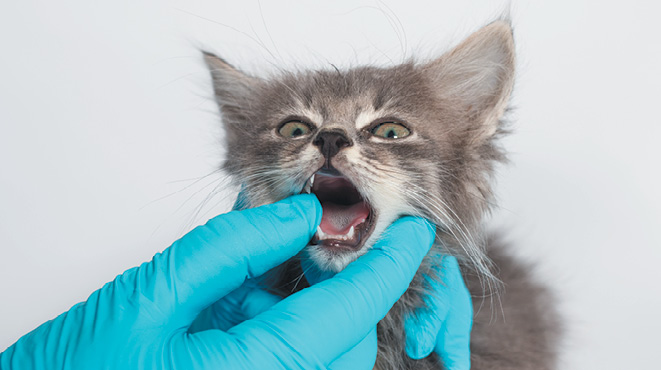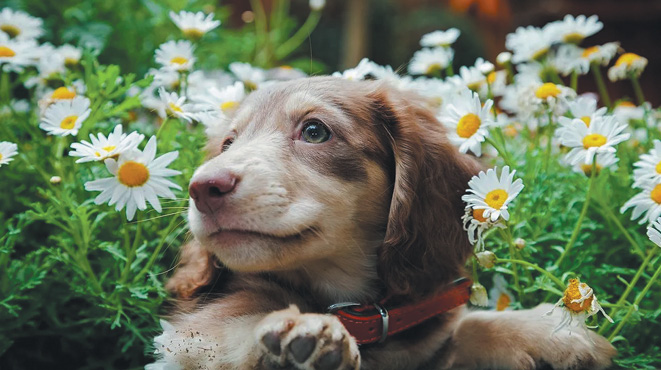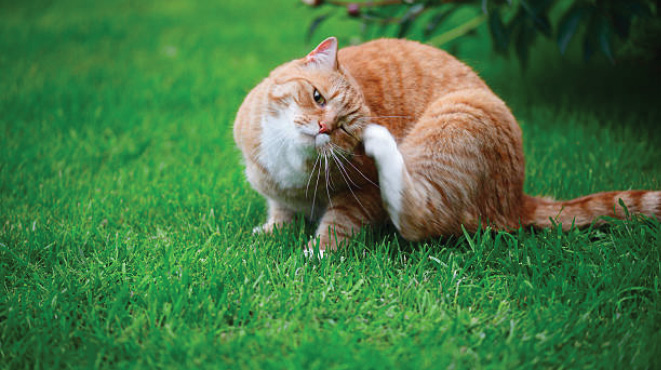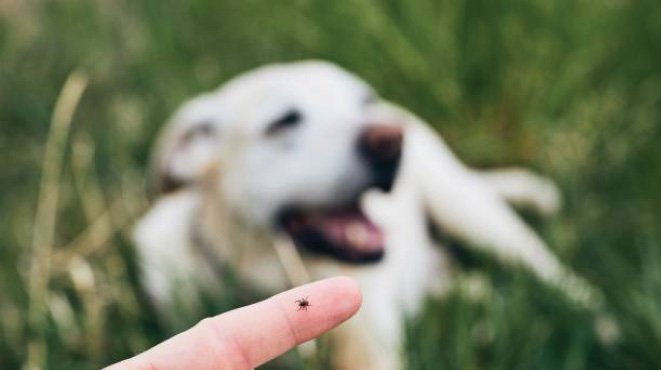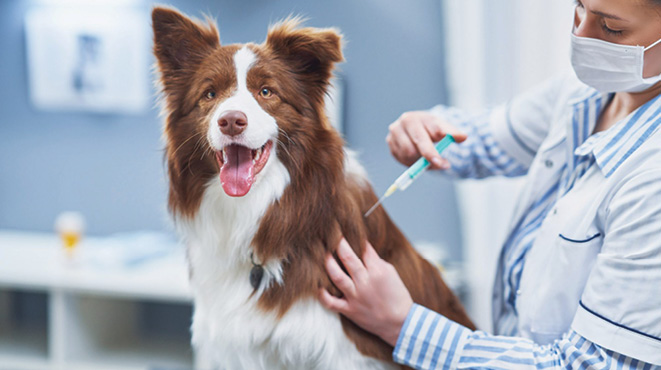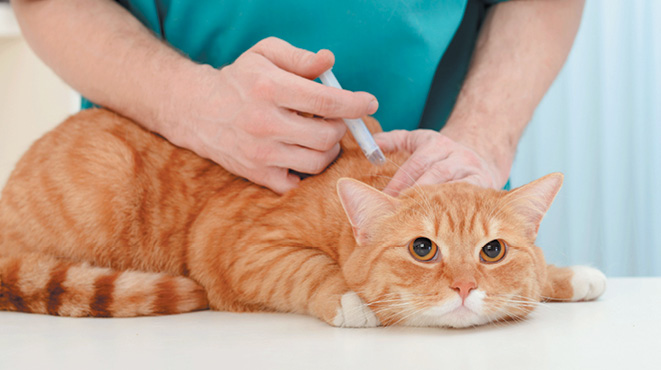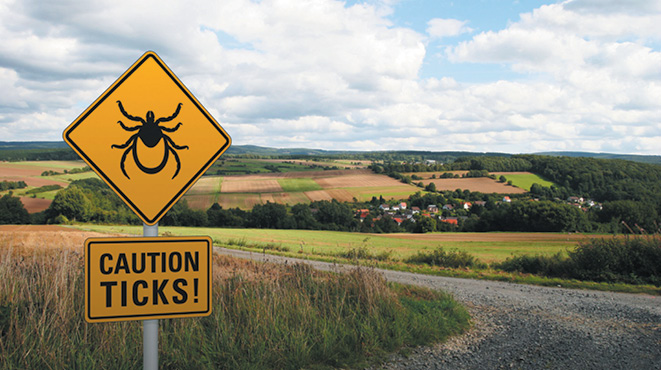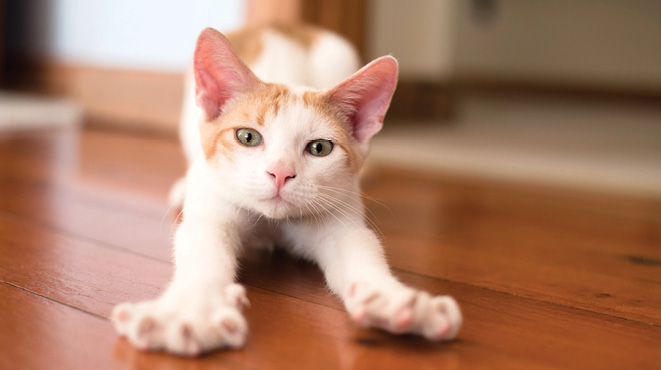BY DR NICKY THOMAS, WYNNUM MANLY VETERINARY HOSPITAL
 Dogs can be bitten and stung by a number of different insects – in some cases the bite may cause minor irritation only but some animals may develop a severe reaction which requires veterinary attention.
Dogs can be bitten and stung by a number of different insects – in some cases the bite may cause minor irritation only but some animals may develop a severe reaction which requires veterinary attention.
Fleas
Flea bites cause itching which may result in hair loss and self-trauma, leading to the development of wounds and secondary infection. Flea infestation can be diagnosed by finding live fleas or flea dirt in the fur.
There are a number of different options available for preventing flea infestation including oral, top spot or injectable medications.
Mosquitoes
Mosquitoes and sandflies are common in our bayside suburbs and our pets are just as sensitive as us when it comes to being bitten. Mosquito bites can cause raised, red lesions (“itchy bites”) most often in poorly furred regions such as the ears, belly and groin. Cats may develop a hypersensitivity to mosquito bites and demonstrate severe raised pink lesions commonly affecting the nose and paw pads.
Apply a pet friendly mosquito repellent to your pets if they are outside at dawn and dusk when these insects are most likely to be active. Keep your yard free of stagnant water sources to reduce mosquito breeding sites.
Mosquitoes are also responsible for spreading heartworm disease so it is essential that your pet be on regular preventative medication to avoid contracting this potentially deadly disease.
Bees, wasps and ants
Flying insects such as bees and wasps may cause painful stings and a variety of ant species have painful bites. Sudden pain, limping, localised swelling and redness at the site are common signs of stings and bites. If a sting is visible it should be removed and an ice pack may be applied to the affected site.
Some animals may experience an allergic reaction as a result of a bite from these insects. Signs including facial swelling, hives, difficulty breathing, intense itching and vomiting and diarrhoea indicate a serious reaction that needs veterinary attention.
Keeping your yard free of obvious nests can reduce the risk of bites and stings. Avoid walking through areas where there is a large amount of clover and stay on pathways to avoid brushing against flowering plants where bees may be active.

